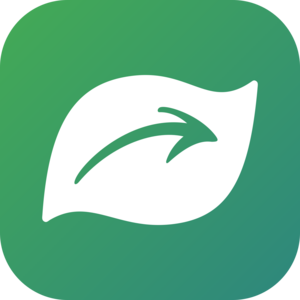A SPECIAL WORD FOR YOU IDENTIFIERS
Firstly, thanks so much for helping to identify observations!
Here are some things to keep in mind.
Even bringing some observations to say, Plants, Animals, Insects, Spiders, Fungi levels helps us with those photos that have no IDs or grossly improper IDs. It alerts, say, a Spider specialist to take a look at the photo and get the ID down to a finer taxonomic resolution.
PLEASE HELP WITH CURATION AND DO mark obviously cultivated plants as cultivated. Capti...











